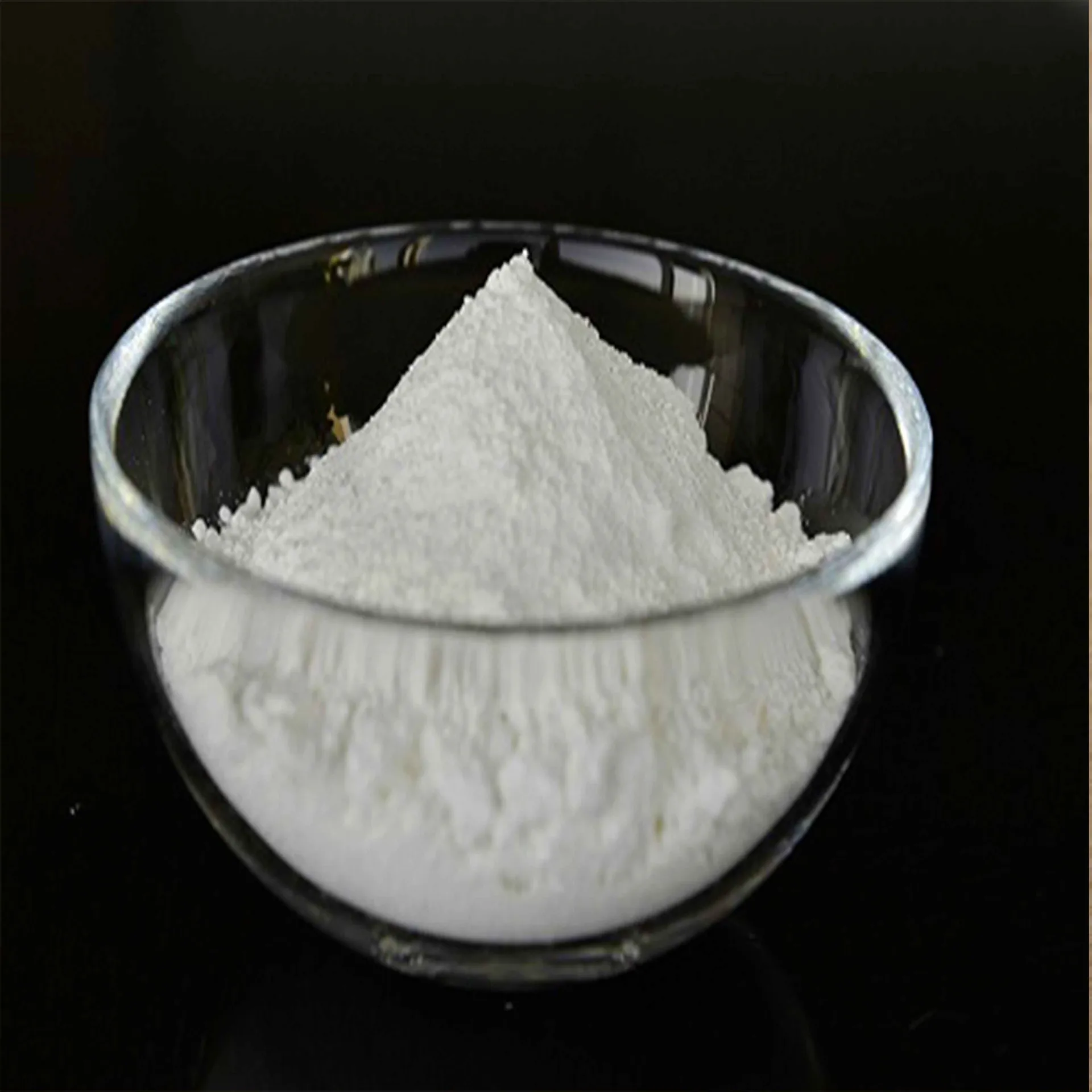
Jul . 21, 2025 10:40 Back to list
How to Determine the Effectiveness of Using Titanium Dioxide in Coatings
Titanium dioxide (TiO₂) is one of the most widely used white pigments in the coatings industry due to its exceptional opacity, brightness, and UV resistance. Whether in the form of titanium dioxide powder, rutile titanium dioxide, or anatase titanium dioxide, this compound plays a crucial role in enhancing the durability and aesthetic appeal of paints and coatings. However, determining its effectiveness requires a thorough understanding of its properties, application methods, and performance under different conditions.

The Role of Titanium Dioxide Pigment in Coatings
The primary function of titanium dioxide pigment in coatings is to provide opacity, whiteness, and protection against environmental degradation. The two main crystalline forms—rutile and anatase titanium dioxide—offer distinct advantages.
Rutile titanium dioxide is preferred for exterior coatings due to its higher refractive index, better UV resistance, and superior durability.
Anatase titanium dioxide, while less stable under prolonged sunlight, offers brighter whiteness and is often used in interior applications where extreme weathering is not a concern.
The effectiveness of a titanium dioxide coating depends on the correct selection of the pigment type, particle size, and surface treatment. High-quality titanium dioxide powder suppliers provide materials with optimized particle distribution, ensuring maximum light scattering and minimal agglomeration.
Evaluating Dispersion Quality in Titanium Dioxide Coatings
One of the most critical factors in determining the effectiveness of titanium dioxide in coatings is its dispersion within the binder system. Poor dispersion leads to agglomeration, reducing opacity and increasing viscosity, which negatively impacts application smoothness and film formation.
To assess dispersion quality, the following methods are commonly used:
Fineness of grind tests measure the presence of undispersed particles.
Optical microscopy helps visualize pigment distribution.
Color strength evaluation compares the coating’s opacity and brightness against a standard.
Suppliers of titanium dioxide powder often provide technical data on optimal dispersion techniques, such as high-speed mixing or bead milling. Proper dispersion ensures that each particle contributes efficiently to light scattering, maximizing the coating’s hiding power.
Durability and Weather Resistance of Titanium Dioxide Coatings
A key advantage of rutile titanium dioxide is its ability to enhance the weather resistance of coatings. When exposed to sunlight, moisture, and pollutants, inferior pigments may degrade, leading to chalking, fading, or loss of adhesion.
To determine the effectiveness of titanium dioxide coatings in outdoor applications, accelerated weathering tests are conducted:
QUV testing simulates UV exposure and condensation cycles.
Xenon arc testing replicates full-spectrum sunlight.
Natural exposure testing provides real-world performance data over extended periods.
Coatings formulated with high-purity rutile titanium dioxide typically exhibit superior resistance to yellowing and degradation compared to those using lower-grade pigments. Additionally, surface-treated TiO₂ particles offer enhanced compatibility with resin systems, further improving long-term durability.
Optical Properties and Hiding Power of Titanium Dioxide Pigments
The hiding power (opacity) of a coating is directly influenced by the titanium dioxide pigment concentration and dispersion. Since TiO₂ has one of the highest refractive indices among white pigments, even small amounts significantly improve coverage.
To evaluate hiding power, contrast ratio measurements are performed by applying the coating over black and white panels and measuring light reflectance. A higher contrast ratio indicates better opacity, meaning less titanium dioxide powder is needed to achieve the desired coverage, reducing material costs.
Moreover, the choice between rutile and anatase titanium dioxide affects brightness and undertones. Rutile TiO₂ tends to have a neutral white appearance, while anatase TiO₂ can appear bluer, influencing the final color of tinted coatings.
Cost-Effectiveness and Sourcing from Titanium Dioxide Powder Suppliers
While titanium dioxide is highly effective, it is also one of the more expensive raw materials in coatings. Therefore, optimizing its use is essential for cost efficiency.
Reliable titanium dioxide powder suppliers provide products with consistent quality, ensuring predictable performance in formulations. Bulk purchasing, technical support, and customized surface treatments can further enhance cost-effectiveness.
Additionally, advancements in TiO₂ alternatives, such as hollow-sphere pigments or extenders, are being explored to reduce dependency on pure titanium dioxide pigment while maintaining performance. However, for high-end applications, TiO₂ remains irreplaceable.
Maximizing the Effectiveness of Titanium Dioxide Coatings
The effectiveness of titanium dioxide in coatings depends on multiple factors, including pigment selection, dispersion quality, durability, and cost considerations. By choosing high-grade rutile titanium dioxide for exterior applications and optimizing dispersion techniques, formulators can achieve superior opacity, weather resistance, and longevity.
Collaboration with reputable titanium dioxide powder suppliers ensures access to high-performance materials, while rigorous testing validates real-world performance. As the coatings industry evolves, titanium dioxide coatings will continue to play a vital role in delivering high-quality, long-lasting finishes for both architectural and industrial applications.
In summary, understanding the properties and proper application of titanium dioxide pigment is essential for developing coatings that meet performance and aesthetic demands while remaining economically viable.
-
Application of Titanium Dioxide 2195 in Water Purification
NewsNov.14,2025
-
What are the global market trends of Titanox titanium dioxide in recent years
NewsNov.14,2025
-
Effect of particle size distribution on the optical properties of R996 TiO2
NewsNov.14,2025
-
Latest Technological Innovations in Rutile Titanium Dioxide Manufacturing
NewsNov.14,2025
-
Compatibility of Titanium Dioxide Concrete Pigment with Different Concrete Admixtures
NewsNov.14,2025
-
Environmental Impact of Titanium Dioxide Pigment Manufacturing and Mitigation Measures
NewsNov.14,2025
